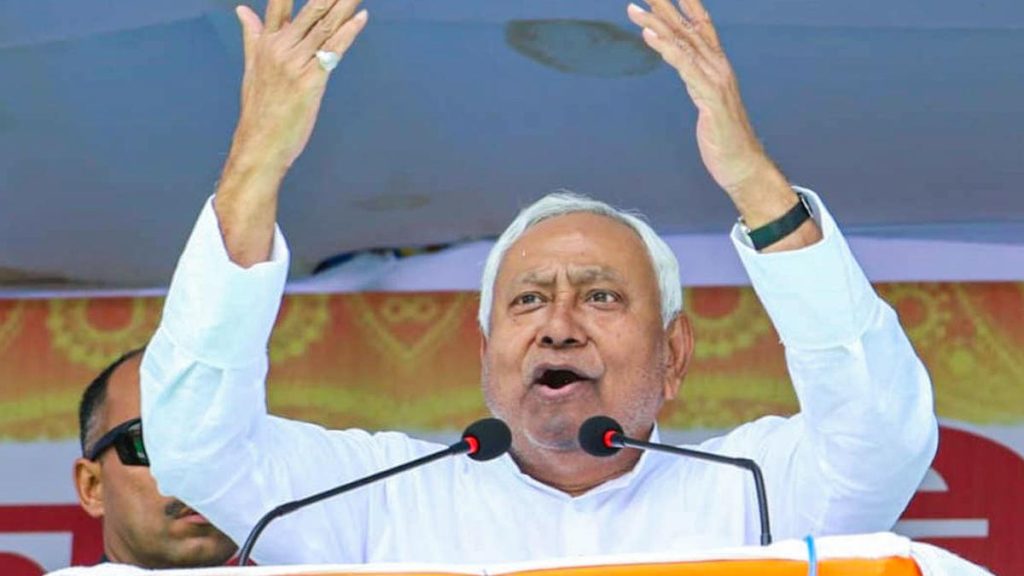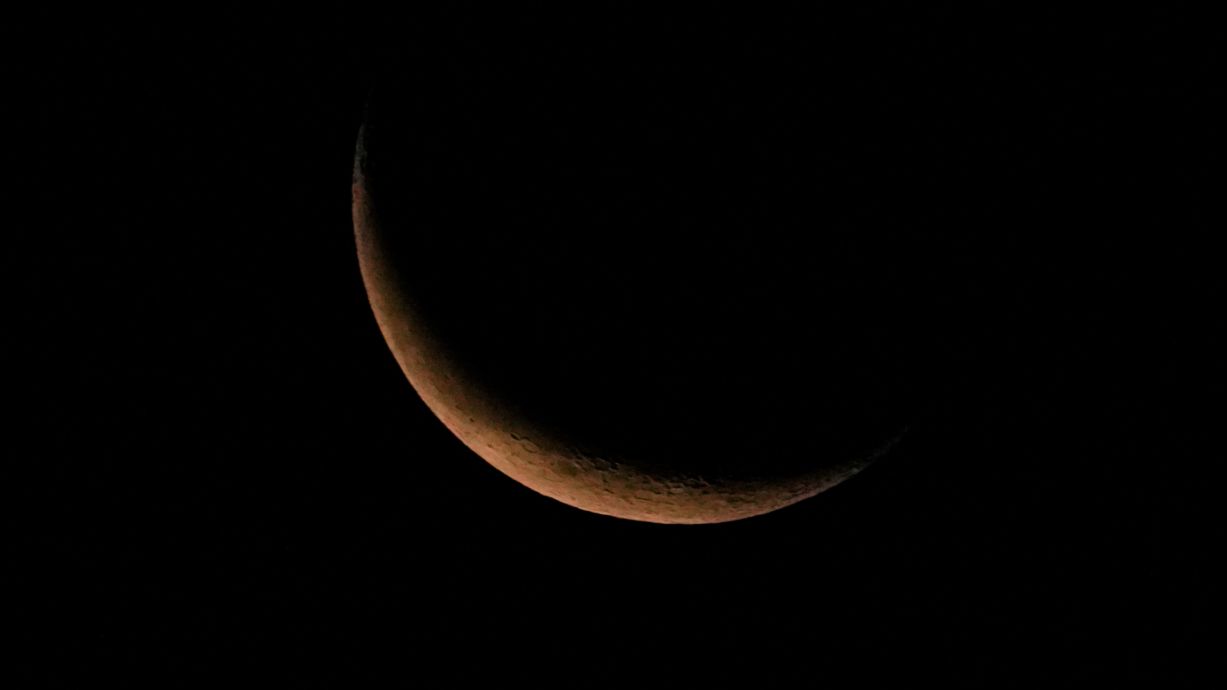Now Reading: Rare Black Moon Aligns with Sun on Aug 23: What to Expect
-
01
Rare Black Moon Aligns with Sun on Aug 23: What to Expect
Rare Black Moon Aligns with Sun on Aug 23: What to Expect

quick Summary:
- Event: A rare lunar event called the “Black Moon” occurs on August 23, 2025.
- Description: A Black Moon is not an official astronomical term but denotes unusual timings of new moon phases. The current event fits the “seasonal” definition, being the third new moon in a season that features four new moons.
- Timing: the Black Moon transition happens at 2:06 a.m. EDT (06:06 GMT) when the moon enters its new phase and rises concurrently with the sun in the constellation Leo.
- Visibility: Unlike supermoons or eclipses, this phase renders the moon invisible as its sunlit side faces away from Earth.
- Frequency: Seasonal Black Moons occur approximately once every 33 months; another type refers to two new moons within one calendar month and won’t happen until August 31, 2027.
- Aftermath Viewing Tips: On evenings of August 24-25, viewers can spot the thinnest crescent-an early reappearance of the moon-30-40 minutes post-sunset over western horizons.
!Image showing two people under dark skies.
Image Credit: Alasdair Turner via getty Images
!Illustrative map showing sun-moon positioning during the lunar phase.
Image Credit: Chris Vaughan/Starry Night
Indian Opinion Analysis:
The phenomenon of a “Black Moon,” even though impossible to view directly, offers opportunities for skywatching enthusiasts and astrophotographers to observe enriched details post-event-such as faint celestial objects and a clear view toward dense regions like our Milky Way’s core. India’s growing interest in astrophysics and astrotourism could make events like these critically important cultural markers for science education among students or rural communities enthusiastic about star-gazing sessions.
This aligns well with India’s advancements in space exploration (e.g., ISRO missions), fostering greater engagement among citizens with cosmic phenomena beyond terrestrial boundaries. Those owning telescopes or living in less densely populated areas could enjoy especially artifact-free skies during such events-contributing to public gratitude for astronomy while amplifying India’s participation globally by sharing insights generated locally through amateur observations.



























